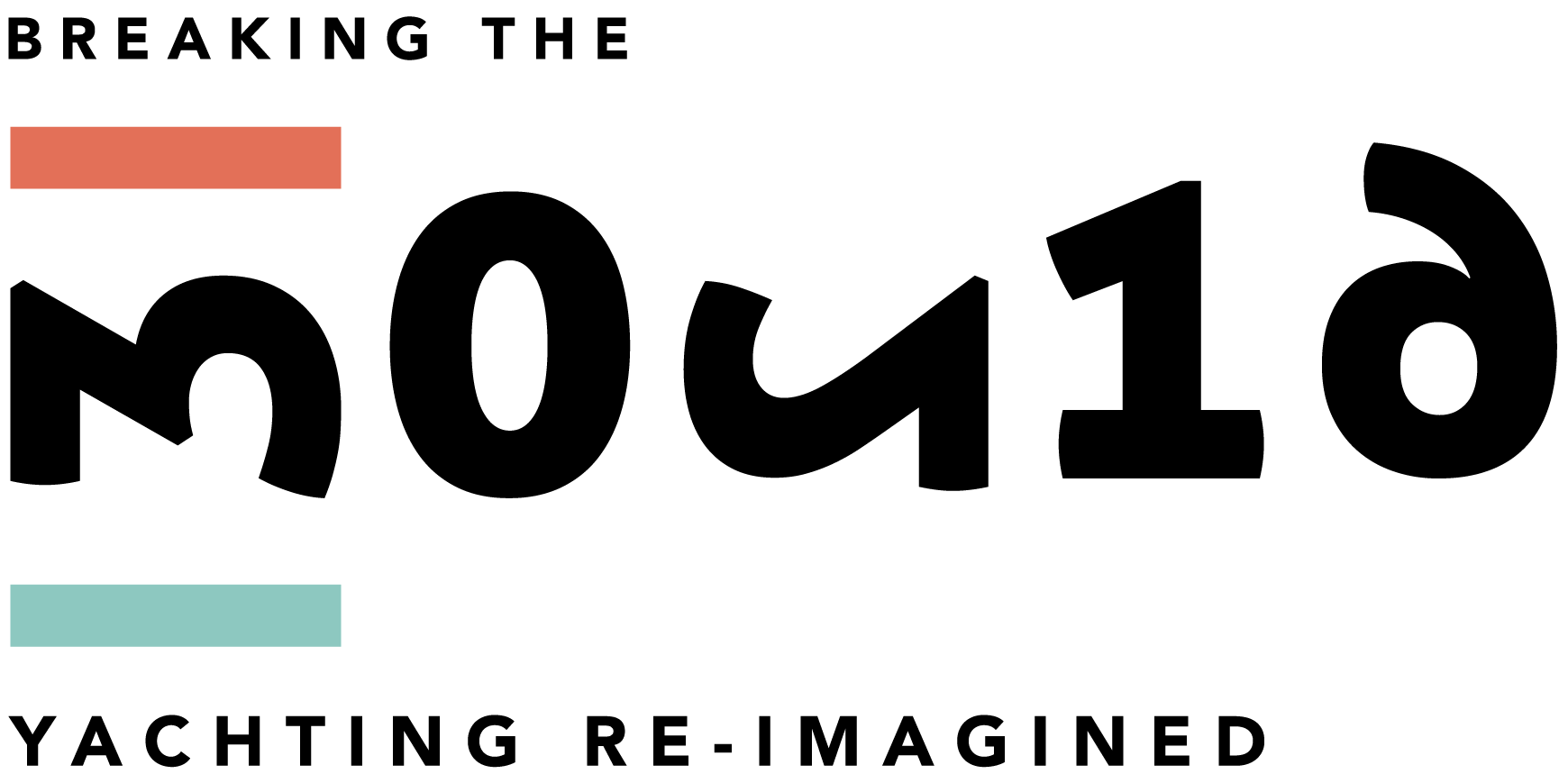How George Hartley Salvaged the Sale of SmartrMail
Lessons from George Hartley’s Journey with SmartrMail
George Hartley, co-founder of SmartrMail, shared his experience of navigating the challenges of selling his SaaS business. A major hurdle arose when the initial buyer failed to secure the funds needed to close the deal. This setback forced George to rethink his approach and ultimately led to valuable lessons on vetting buyers and running a competitive sales process.
The Broken LOI
The first sale attempt fell apart when the buyer couldn’t secure financing. George admitted, “We didn’t ask for proof of funds or anything like that. We didn’t think you’d have to.” This mistake highlighted the importance of verifying a buyer’s financial capability. Despite the setback, George managed to attract new offers and eventually secured a better deal than he initially anticipated.
Vetting Buyers
One of the biggest lessons George learned was the importance of thoroughly vetting potential buyers. He realised that not checking the financial strength of the first buyer was a rookie mistake. Ensuring buyers have the means to complete a deal is essential to avoid future disappointments.
Competitive Process
Running a competitive sales process proved vital in salvaging the SmartrMail sale. By involving multiple interested parties, George created competitive tension that helped him secure a better deal. He explained, “If you want to maximise for the best number, you need multiple interested parties.”
Challenges in a Competitive Market
SmartrMail faced significant challenges in the competitive SaaS industry. From rapid growth to product differentiation, George Hartley’s journey was filled with tough decisions.
Competitive Pressures
SaaS is a fiercely competitive space. While SmartrMail achieved annual growth of 40% to 100%, it wasn’t enough to attract major VC investment, especially as competitors like Klaviyo secured substantial funding. George explained, “We were up against Klaviyo, who we had a feature parity in the early days, and then they sort of got better traction.”
Product Differentiation
Initially, SmartrMail offered a unique product. Over time, they tried to match competitors’ features, which made their offering more generic. George acknowledged this as a mistake, saying, “We started with a very unique product and we ended up kind of becoming more generic.” Despite these challenges, SmartrMail’s user-friendly interface remained a key draw for customers.
Handling Growth
Balancing growth and personal life was another challenge. George leveraged angel and seed funding to fuel SmartrMail’s expansion. However, personal changes, like the birth of his child, made it harder to manage the business. “I suddenly don’t have as much time to do it. And I was like frazzled from not sleeping,” he shared.
Navigating the Sale
When it came to selling SmartrMail, George Hartley’s approach was shaped by lessons from past experiences and the need to align with investor expectations.
Investor Role
George’s investors were supportive of the sale, understanding the importance of founder energy for growth. They accepted a 5x return on their investment, even though they initially hoped for more. Reflecting on an experience with a VC firm, George emphasised the importance of maintaining control: “They gave us this investment deal that added a 25% ESOP, which would have diluted the hell out of us. We would have suddenly been at 49% control.”
Exit Strategy
Opting for cash over equity in the sale proved to be a wise decision. George’s co-founder, Phil, insisted on taking cash, which provided immediate financial stability. “Taking cash was something I was glad for. It made such a big difference in retrospect,” George said.
Key Takeaways
-
Vetting Buyers: Always verify a buyer’s financial capability to avoid failed deals.
-
Competitive Process: Engage multiple interested parties to maximise deal value.
-
Product Focus: Stay true to your unique offering to maintain differentiation.
-
Investor Alignment: Maintain control and negotiate terms that align with your vision.
-
Exit Planning: Opt for cash to ensure financial security post-sale.
George Hartley’s journey with SmartrMail is a powerful reminder of the complexities of selling a business. By learning from setbacks and staying focused on strategic priorities, he turned challenges into opportunities for success.
Need help navigating your business challenges? At BTMGroup, we specialise in guiding businesses through growth, funding, and exit strategies.
Whether you’re planning to scale or sell, our expert team is here to help, and if you are ready to start planning your own endgame, you can download the EndGame eBook




.jpg)
%20(5).jpg)